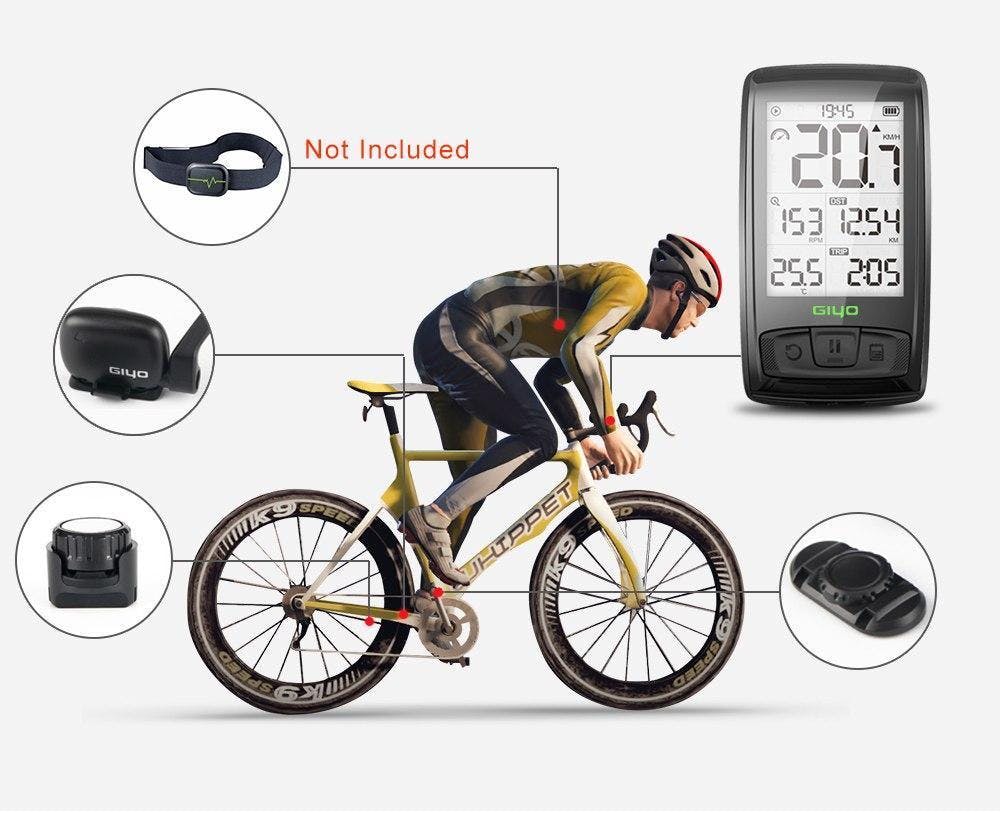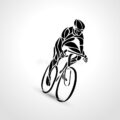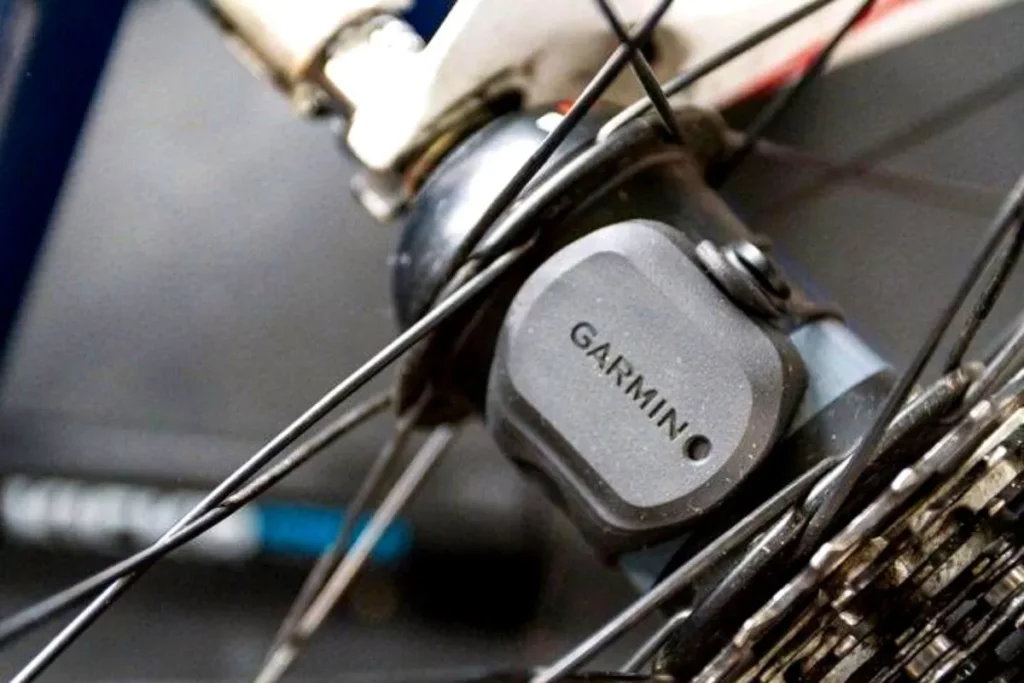Do you need a cycling speed sensor?
While it is highly unlikely you will be arrested for speeding on a bike, a speed sensor is something most professional bikers need.
While you could always use GPS, these would only be accurate if you are looking for overall bike ride speed but not a specific ride distance such as the speed up a certain hill.
As such, you will need a cycling speed sensor if you need accurate microscale data when training. This is even more critical if you are training in a location where the GPS strength is particularly terrible

What does a cycling speed sensor do?
If you are a cyclist or biker in need of maximizing workout results then a cycling speed sensor is absolutely necessary.
Cycling speed and cadence sensors make it possible for cyclists to measure the energy that a cyclist puts out through rotations per minute (RPM) similar to a pedometer or a speedometer.
While some cyclists may use the pedometer to measure effort, speed, or distance, these sensors are usually inadequate and highly inaccurate when used during cycling training.
Are speed and cadence sensors worth it
Speed and cadence sensors are important, particularly for cyclists that take cycling as more than a hobby. If you are cycling as part of a quantified self-improvement program, then you will need to measure your speed and cadence.
To become an elite cyclist you will need to continuously improve your cycling speed and cadence. This can only be done through controlled cadence which helps develop endurance and build muscle.
As such, speed and cadence sensors will play a critical role in measuring how much speed and cadence you apply when training to achieve your aims.
What is the difference between speed and cadence sensors?
Cycling sensors provide cyclists with a wide range of information even though in most cases you will have a choice of three different devices.
- The speed-only sensor is used to determine the distance and speed of a trip using the wheel circumference of a bike
- The cadence-only sensor measures rotations per minute of the crank arm
- The speed/cadence combo sensor, which is the most popular offers both cadence and speed data through a combination of sensors.
The speed and cadence combination is the most widely used and oldest of cycling sensors that are supported by most devices including the Zwift indoor training program.
The cadence-only and speed-only sensor types are for the most part newer and hence tend not to be supported by many programs and apps.
Is the speed sensor more accurate than GPS?
Speed sensors are usually more accurate than GPS when there is no tire deflation. The speed sensor will also be more accurate if it is spinning in contact with the ground at all times and never slips.
GPS is usually more accurate than a speed sensor on open ground, particularly if you ride in a straight line and if GPS sensitivity remains relatively strong.
Wheel sensors are usually very precise and accurate as long as they are calibrated correctly. If the calibration is done wrong, you are more likely to get a gross error.
As for GPS, it will tend to be less precise even though it will not depend on user calibration to a greater extent.

Can I put a speed sensor on a spin bike?
While a speed sensor can be used with any spin bike as long as it has a compatible mounting option, the Speed sensor is generally not designed to be compatible with spin bikes.
Most RPM speed sensors are made to be mounted on the hub of the bike wheel. From here it usually measures the rotational speed of the wheel which is then multiplied by the wheel size to determine speed.
Most spin bikes make use of a solid flywheel to simulate resistance which means mounting the RPM speed sensor is difficult and sometimes impossible.
Moreover, even if the speed sensor is mounted on the spin bike, the rotational speed of the flywheel will not equate to the standard road bike wheel ridden on the road.
As such even though you can receive speed data from the flywheel of a spin bike, it is a huge challenge to calculate wheel circumference hence getting accurate data is almost impossible.
Therefore it is not recommended to use the RPM Speed Sensor with spin bikes
Is google maps speed accurate?
The accuracy of Google Maps data is highly dependent on how accurate GPS signals are. Google Maps tends to show less speed than the speedometer on your bike since most speedometers have erroneous readings.
Google Maps usually makes use of satellites to determine a person’s location up to 20 meters. If you are in a location where GPS data is inaccurate, Google Maps will use WiFi to determine your location.
It will also make use of Cell towers and mobile data to determine location which can be accurate up to a few thousand meters.
As such, Google Maps speed data is only as accurate as the GPS, WiFi, or cell tower data and hence cannot be as accurate as that of a speed sensor that derives its data directly from the spinning wheel or crank arm of a bike.
What is the best bike speed sensor?
There are many bike speed sensors that you can buy but the best in the market are the Garmin Speed and Cadence Sensor and the Wahoo Speed Sensor.


